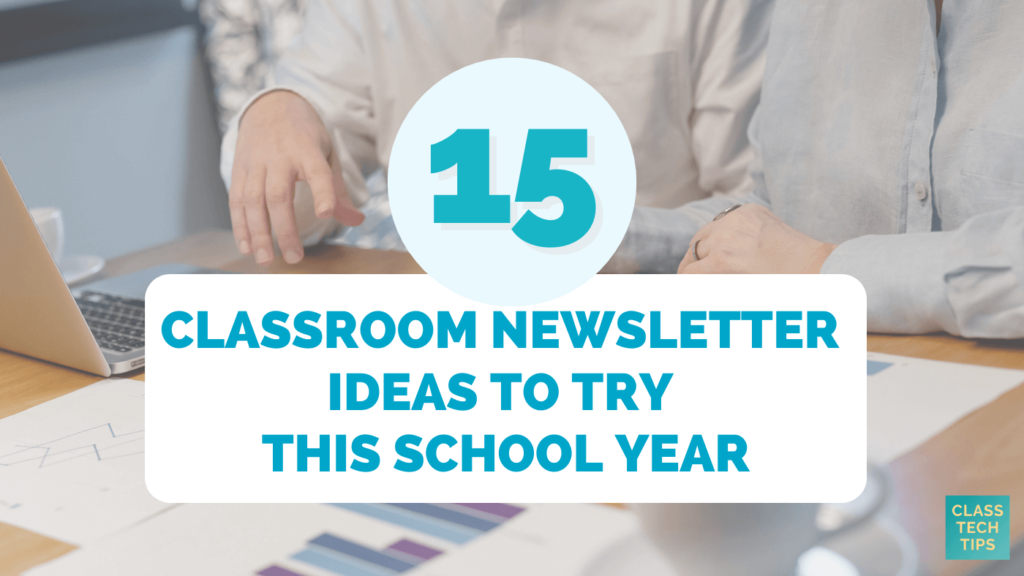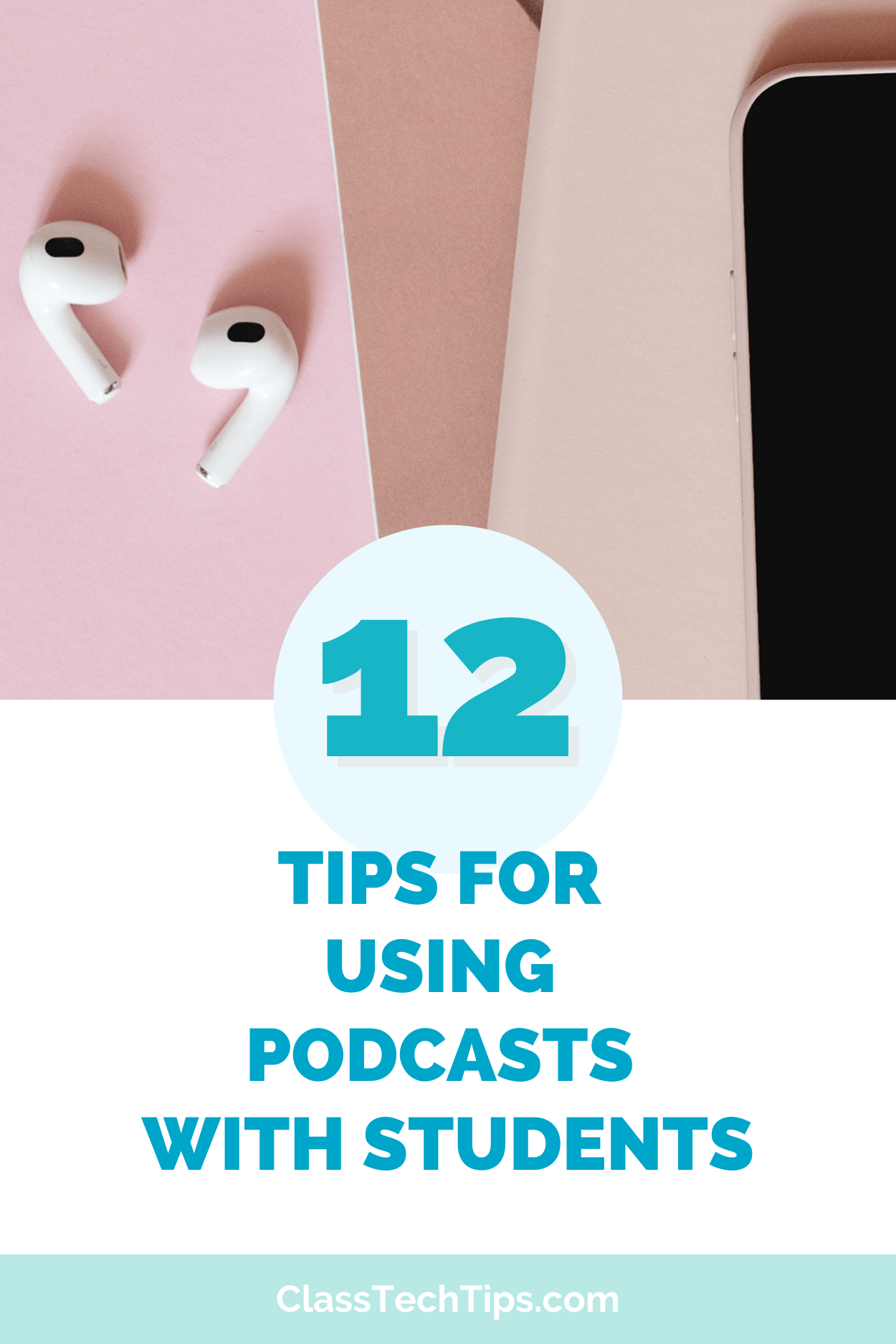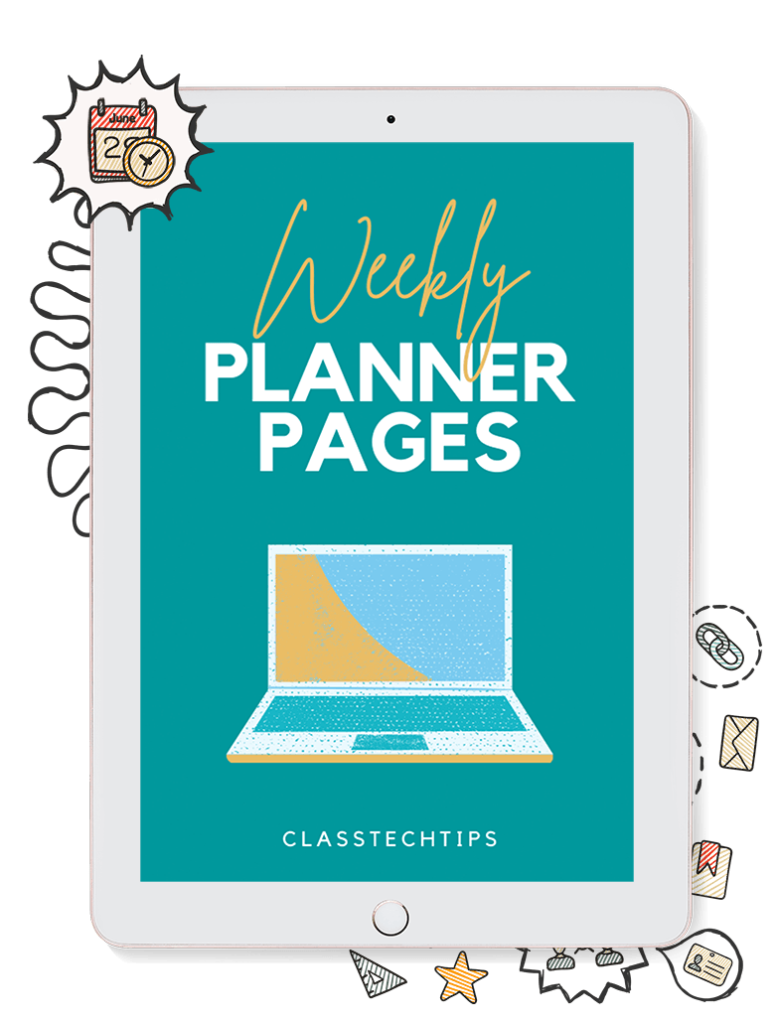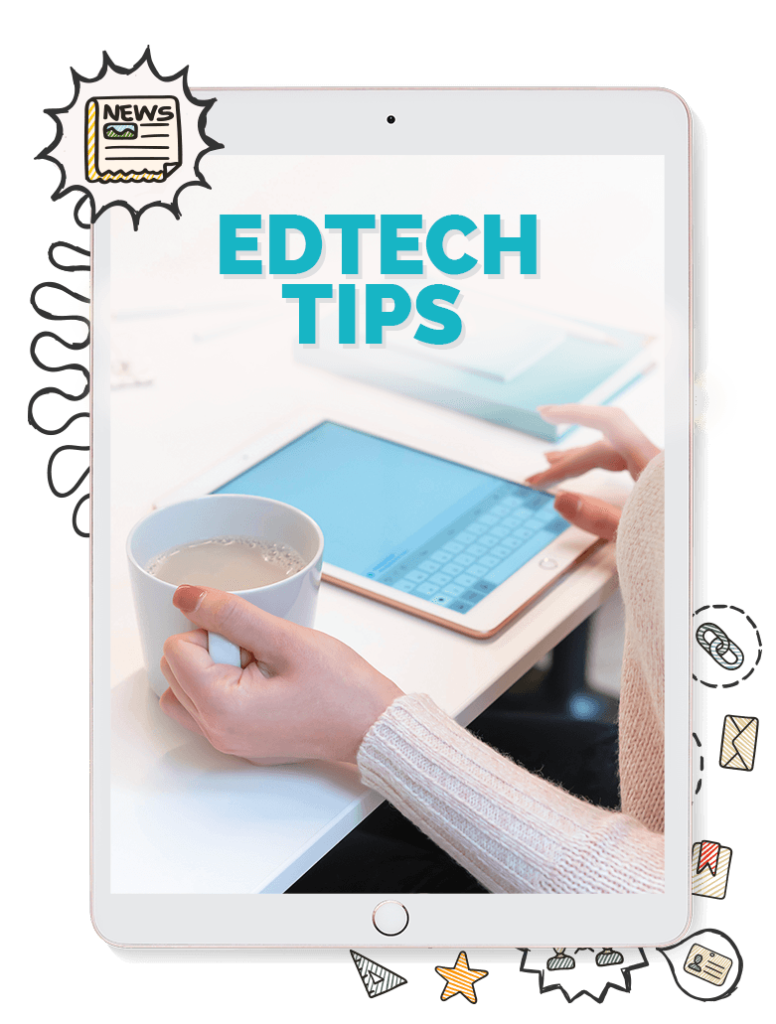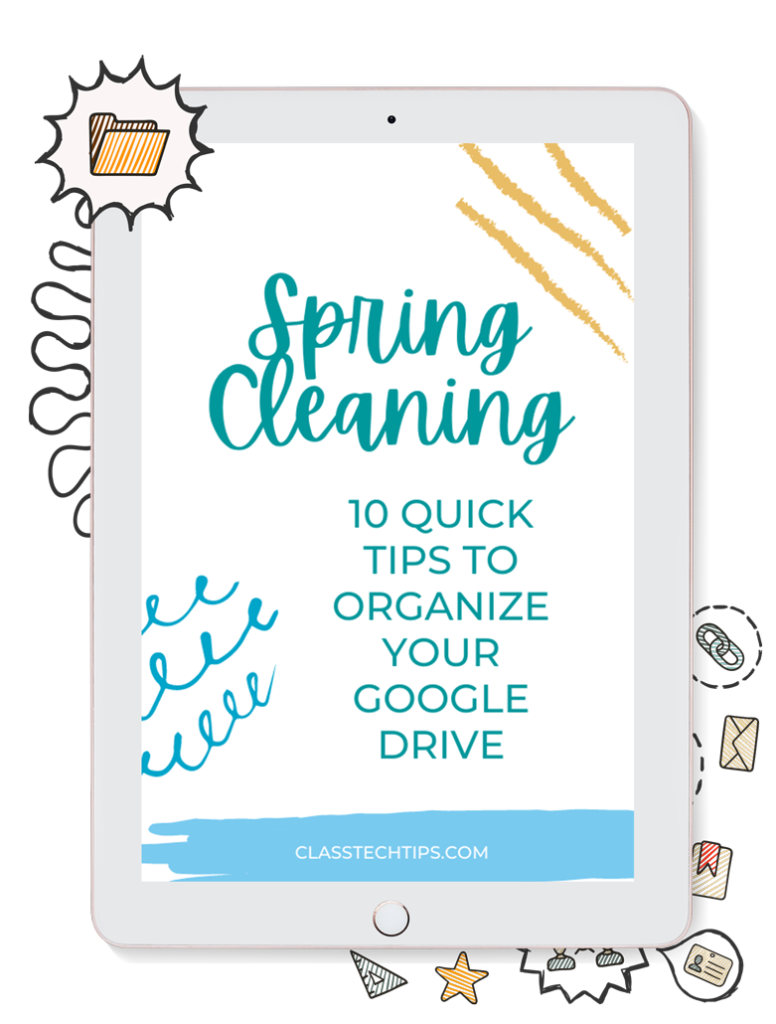Are you sending out classroom newsletters this school year? Whether you send one out weekly, monthly, or just a few times a year, having a go-to system in place can help make the process easier—and more fun, too! Newsletters are a great way to share classroom highlights, upcoming events, and learning goals with families. If you’re starting fresh or looking for some new classroom newsletter ideas, this blog post has you covered.
With the help of digital tools and a few AI-powered shortcuts, it may be easier to manage a regular classroom newsletter routine than ever before. I’ve pulled together ideas that feature favorite EdTech tools and tips that work no matter what platforms you have access to at your school. You’ll find time-saving tips and creative suggestions that can help you streamline your workflow and better connect with families.
Why Should I Send a Classroom Newsletter?
Classroom newsletters are a fantastic way to keep families informed and engaged. Whether you’re sending them out at the start of each month, week, or unit of study, they offer a clear way to communicate with families. You might already have a great family or parent communication app that you use, and a newsletter may feel like a complement to the daily updates or reminders.
Newsletters provide space to celebrate student and classroom achievements, highlight upcoming events, and share learning goals. They help build community, support communication, and create a strong connection between home and school.
15 Classroom Newsletter Ideas to Try This School Year
As you’ll see on this list of tips, I am all about keeping things simple and consistent. If you’re one of the over 30,000 subscribers who receive my free newsletter each week (sign up here), then you know how much I love using templates, highlighting new content, and sharing recommendations.
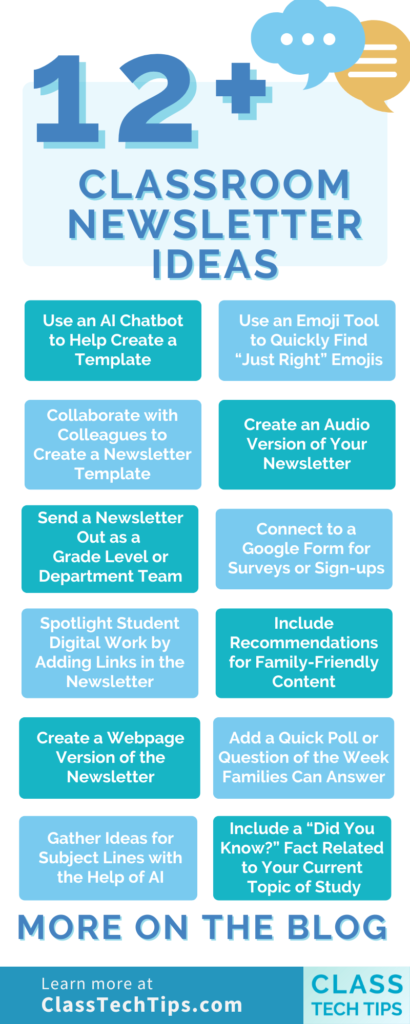
Use an AI Chatbot to Help Create a Template
If you’re starting from scratch or want a refresh, try using an AI chatbot to create your newsletter template. With a tool like ChatGPT, you can describe the sections you want to include—like upcoming events, what we’re learning, or student shout-outs—and ask it to draft a layout for you. This approach can save time and give you a structure you can reuse all year long.
Collaborate with Colleagues to Create a Newsletter Template
Collaborating with your colleagues can help lighten the load and bring in fresh ideas. Meet with your team and create a shared newsletter template. You can divide up the sections or rotate who fills it in. Tools like Google Docs are great for this type of collaborative setup. If you’ve already created a template with the help of an AI chatbot, then everyone knows exactly what type of information they need to include.
Send a Newsletter Out as a Grade Level or Department Team
Instead of each teacher sending their own newsletter, consider sending one out as a grade level or department team. This can cut down on email overload for families and ensure a consistent message. If your school uses a tool like Google Sites or Wakelet, you can even create one landing page with updates from the whole team. Both of these tools are collaborative, and you can set it up so only your team members can jump in and add new information to these digital spaces.
Spotlight Student Digital Work by Adding Links in the Newsletter
If students have permission to publish work online, you can add links to showcase their creations. From infographics they’ve made in Canva or ebooks they’ve published with Book Creator, these links can give families a peek at what’s happening in the classroom. It’s a great way to celebrate student voice and build excitement about classroom activities.
Create a Webpage Version of the Newsletter
Instead of sending a newsletter as a PDF or email only, turn it into a webpage using a tool like Canva or Adobe Express. These tools let you design a scrollable, mobile-friendly version of your newsletter that you can link to from an email or class website. This format is also easy to archive so families can revisit previous editions.
I’ve hosted a handful of Creativity Institutes in the past where we’ve unpacked all of the features in Adobe Express. The webpage tool is super easy to use and a great choice for a simple layout with a combination of text, images, and links.
Gather Ideas for Subject Lines with the Help of AI
A catchy subject line can make the difference between someone opening your newsletter or skipping it. AI tools like Gemini or Claude can generate subject line ideas based on your newsletter content. It’s a great example of using generative AI for a “quick win.”
You might try a prompt like: “I need a title for my weekly newsletter that I can use as an email subject line. I usually do something like [ADD] but I want to try something new that mentions [DESCRIBE YOUR NEWSLETTER CONTENT]. Give me 5 ideas to choose from.”
Use an Emoji Tool to Quickly Find “Just Right” Emojis
Want to make your newsletter more visually appealing? Emojis can help highlight important info or break up blocks of text. Use an emoji tool like EmojiFinder (or one on this list) to search by theme or keyword so you can quickly find what you need—whether it’s a pencil ✏️, pumpkin 🎃, or rocket 🚀.
Create an Audio Version of Your Newsletter
Some families may prefer listening instead of reading. With a tool like Speechify or even Adobe Podcast, you can create a short audio version of your newsletter. Speechify uses voices (even some celebrities) to read text aloud. Adobe Podcast would let you record your own voice.
Once you’re finished, you can share your audio version as a link at the beginning of your newsletter. Or you could upload it as a file or embed it on your newsletter webpage to give families another way to connect.
Create a Fun Image Using AI
Add a creative touch by including a fun image in your newsletter. For example, you can use an AI image generator to place your school mascot in a seasonally themed location—like wearing a scarf in front of snowy mountains or holding a beach ball in the summer. This adds personality and makes your newsletter stand out. It might also make families curious to see what picture you added this week or month – and make it more likely that they’ll open up your email.
Connect to a Google Form for Surveys or Sign-ups
Make it easy for families to share feedback or sign up for events by linking to a Google Form or Microsoft Form. Whether it’s a field trip permission form, classroom volunteer sign-up, or a quick survey, embedding a form helps you collect info efficiently and keep everything in one place. Another great option is JotForm, which you might want to use for more formal inquiries or data submission.
Include Recommendations for Family-Friendly Content
You can also use your newsletter as a space to share recommendations for podcasts, YouTube videos, or games that tie into your curriculum. For example, if you’re studying ecosystems, you might suggest an episode from Wow in the World. This helps families reinforce learning at home in a fun, low-pressure way.
Include a “Did You Know?” Fact Related to Your Current Topic of Study
A fun way to make your newsletter more engaging is to include a “Did You Know?” section tied to your current unit of study. This could be a surprising science fact, a quirky piece of historical trivia, or a vocabulary word with a fun origin story. Adding a quick fact gives families a conversation starter and helps them feel more connected to classroom content. You can even invite students to submit ideas for this section so they take ownership and stay curious about what they’re learning.
A quick reminder that using a chatbot like ChatGPT may be helpful (or might not be). Chatbots can sometimes hallucinate, so if you ask a chatbot to “Give me three little-known facts about [ADD],” then you’ll want to double check with another source.
Add a Quick Poll or Question of the Week Families Can Answer
Want to make your newsletter more interactive? Try adding a quick poll or question of the week using a tool like Mentimeter. This gives families a chance to share input or participate in a low-stakes way. You might ask for their favorite childhood book, vote on a classroom reward, or gather feedback on upcoming events. Including interactive elements like polls helps build two-way communication and makes newsletters feel more dynamic and personal.
Share Favorite Books You’re Reading Aloud or That Students Are Checking Out
Your newsletter is a great spot to share reading recommendations! Include a section highlighting the books you’re reading aloud in class or that students are loving from the school library. A short summary or even a quote from a student about why they enjoyed the book can go a long way. This encourages reading at home and gives families ideas for trips to the library or bookstore.
Highlight Classroom Celebrations
Whether it’s a class milestone, or a holiday celebration, make space in your newsletter to spotlight classroom celebrations. A quick sentence or photo can help families feel more connected to the special moments happening during the school day. If you’re using a newsletter webpage or PDF format, consider adding a short slideshow or image carousel. This small addition can spark joy and give families a peek into the fun, community-building moments in your classroom.
Keep Newsletters Fun and Functional
Whether you’re just getting started or looking to refresh your newsletter routine, these tech-friendly tips can help you simplify your workflow and connect with families in meaningful ways. Try mixing and matching ideas from this list to find what works best for your classroom.
Want more tips for home-school connections and communication? Check out my blog posts on creating classroom websites and using podcasts to support literacy. These resources can certainly help you take your communication strategy to the next level.
